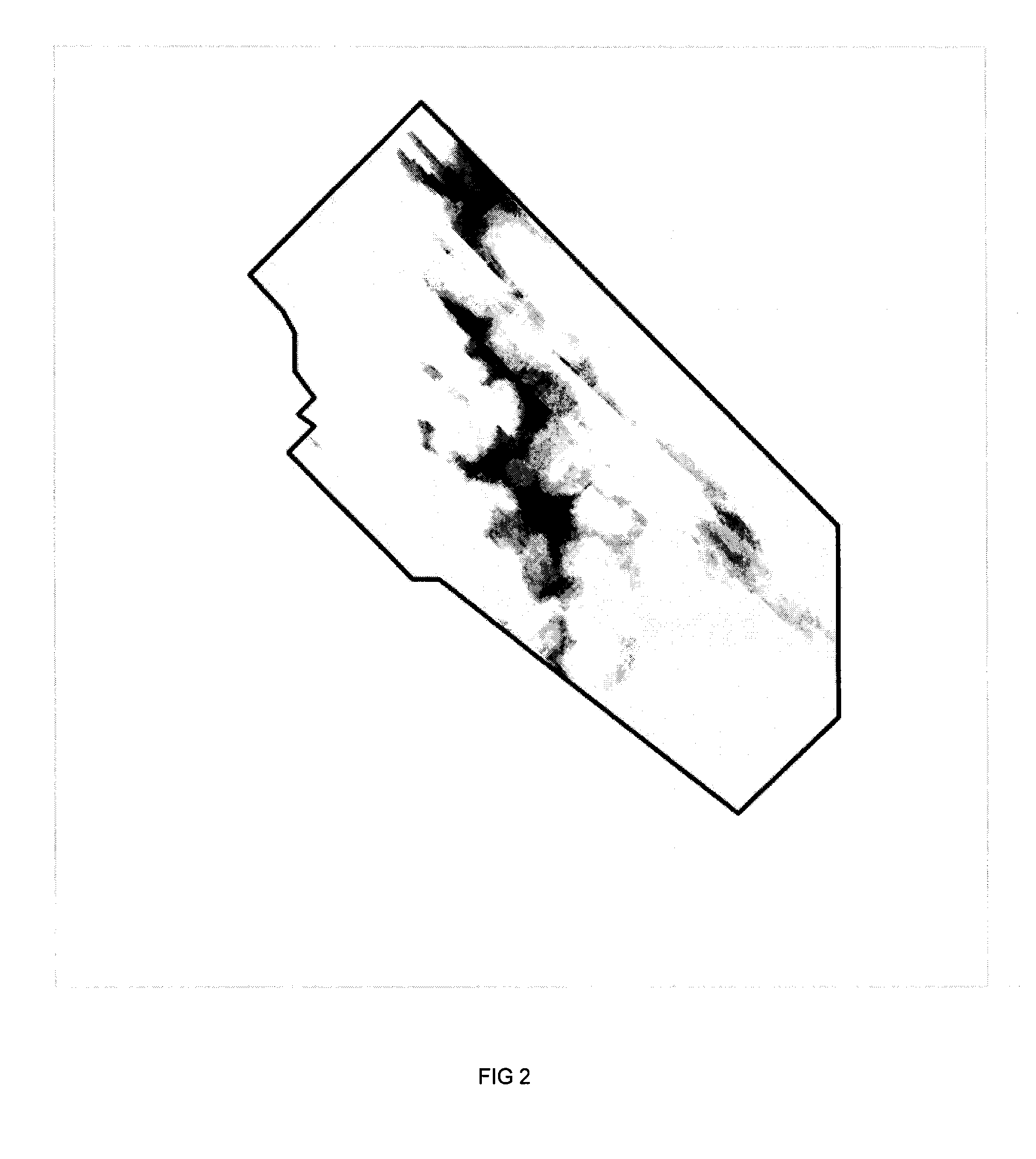Method for operating a substerranean formation from which a fluid is produced
a technology of fluid production and substerranean formation, which is applied in the field of oil industry, can solve the problems of difficult implementation of approaches, high computation costs, and inability to meet the requirements of oil production, and achieve the effect of improving the oil operation of an underground formation and reducing the cos
- Summary
- Abstract
- Description
- Claims
- Application Information
AI Technical Summary
Benefits of technology
Problems solved by technology
Method used
Image
Examples
Embodiment Construction
[0041]The method according to the invention makes it possible to effectively operate a subterranean formation containing hydrocarbons in a reservoir. The method makes it possible to select positions in which to place one or more new wells, producing or injecting, so as to improve the productivity of the oil reservoir.
[0042]Hereinbelow, three distinct times will be considered: t0, t1 and t2, in which t0 represents the initial time, before the reservoir is put into production, t1 is the time until which data, production data among other data, have been collected, and t2 is a future time, for which a prediction of the production is required.
[0043]The method according to the invention requires a reservoir model representative of the petrophysical properties of the subterranean formation being studied, and a reservoir simulation. It is assumed that the reservoir model observes the data collected up to the time t1. The reservoir model is a three-dimensional grid, formed by meshes wherein ...
PUM
 Login to View More
Login to View More Abstract
Description
Claims
Application Information
 Login to View More
Login to View More - R&D
- Intellectual Property
- Life Sciences
- Materials
- Tech Scout
- Unparalleled Data Quality
- Higher Quality Content
- 60% Fewer Hallucinations
Browse by: Latest US Patents, China's latest patents, Technical Efficacy Thesaurus, Application Domain, Technology Topic, Popular Technical Reports.
© 2025 PatSnap. All rights reserved.Legal|Privacy policy|Modern Slavery Act Transparency Statement|Sitemap|About US| Contact US: help@patsnap.com



